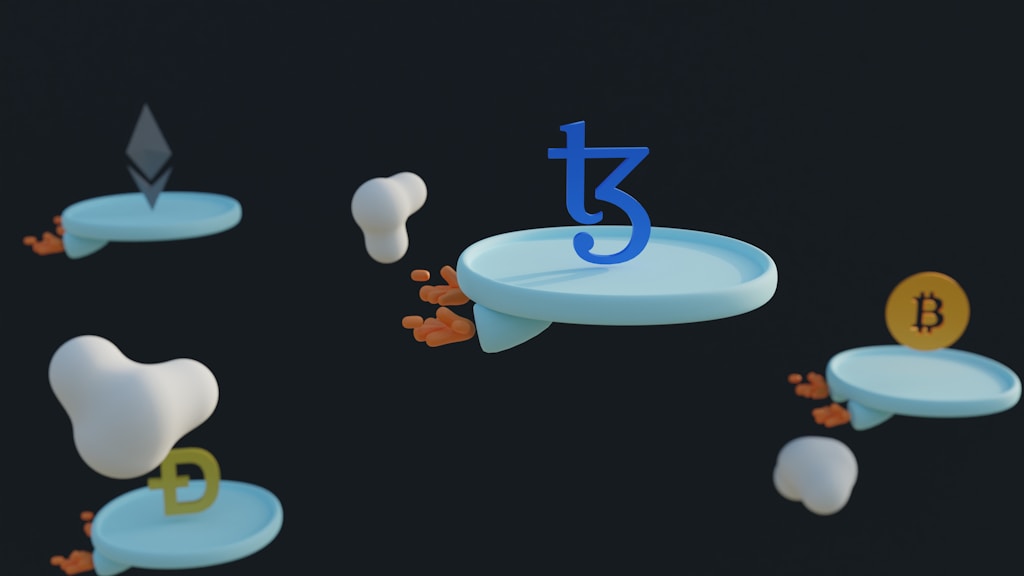The Solana blockchain is distinguished by its high-speed, low-cost transaction capabilities, making it a prominent platform for decentralized applications and the issuance of custom digital assets. At the heart of this functionality is a set of standardized, on-chain programs that ensure consistency and interoperability. The primary framework for creating tokens on the network is the Solana Program Library (SPL), which provides the foundational rules for all digital assets within its ecosystem.
Understanding the SPL Token Standard
The SPL Token standard is the official protocol for creating both fungible and non-fungible tokens on Solana. For fungible tokens, which are interchangeable and uniform like a traditional currency, this standard defines how they are created, transferred, and managed. Adherence to the SPL standard is crucial because it guarantees that any new token will be compatible with the broader Solana infrastructure. This includes wallets, decentralized exchanges (DEXs), and other applications, which are built to recognize and interact with tokens that follow these specific rules. This widespread compatibility is essential for a token’s utility and liquidity.
Tools and Methods for Asset Generation
There are two primary pathways for bringing a new SPL token into existence, catering to different levels of technical skill. The first is the technical route, which involves using the Solana Command Line Interface (CLI). This method grants developers granular control over every aspect of the token, but it requires a comfortable knowledge of command-line operations, wallet setup, and the specific commands needed to initialize a token mint and manage its supply. While powerful, this approach can be complex for newcomers.
To address this, a variety of web-based tools have been developed to streamline the process. Platforms like the one found at https://20lab.app/generate/spl-token/ provide an intuitive interface where users can input their token’s parameters and deploy it with just a few clicks. These services handle the underlying command-line interactions, offering a secure and efficient alternative for teams and individuals who want to launch a token without diving deep into the technical specifics.
Defining Your Token’s Core Attributes
Regardless of the method used, several fundamental parameters must be decided upon before deployment. These core attributes are recorded on the blockchain and define the token’s identity. They include the token’s official name, its ticker symbol (e.g., “SPLT”), and the number of decimal places, which determines its smallest divisible unit. The creator must also define the initial and maximum supply, establishing the token’s economic model. Optionally, metadata such as an icon can be associated with the token to create a distinct brand identity within wallets and explorers.
Disclaimer: This article is for informational purposes only and does not constitute financial, investment, or legal advice. The cryptocurrency market is highly volatile and speculative. Always conduct your own research and consult with a qualified professional before making any investment decisions.

